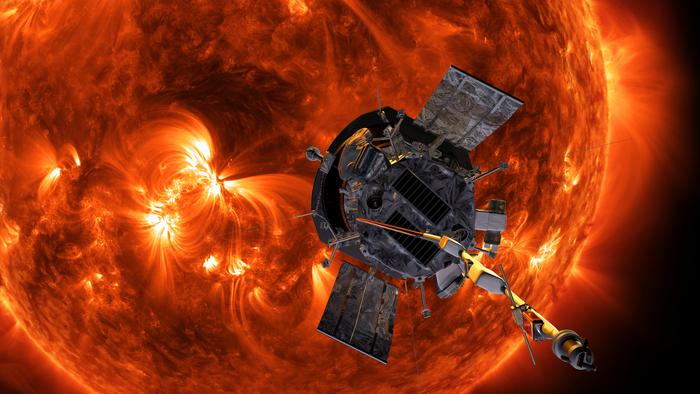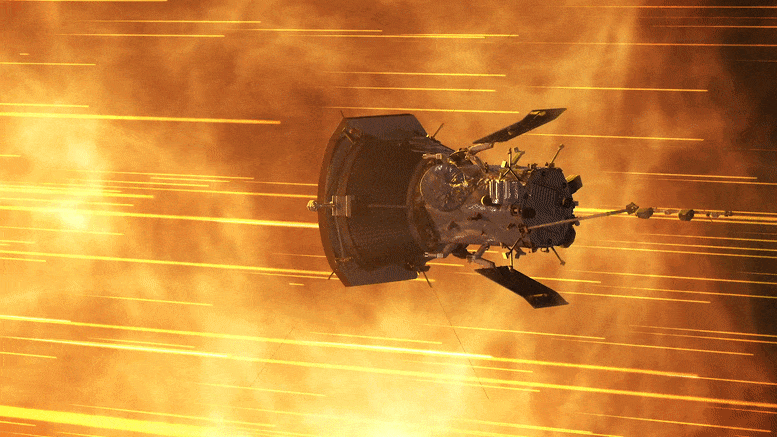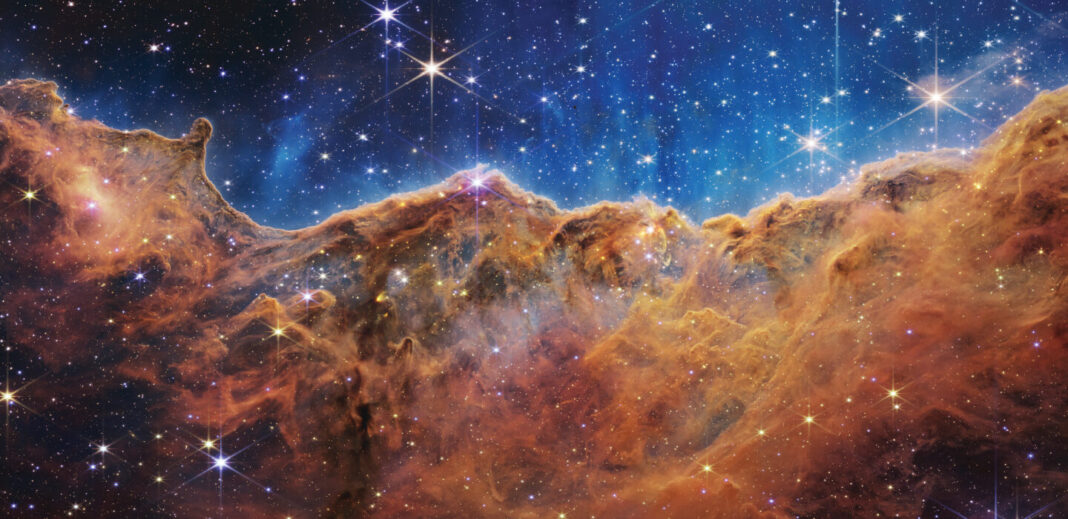NASA’s Parker Solar Probe (PSP) has embarked on an extraordinary mission, venturing closer to the sun than any other spacecraft. Its close proximity to the sun has allowed scientists to gain unprecedented insights into the solar wind and its source. In a groundbreaking study soon to be published in the journal Nature, a team of scientists led by Stuart D. Bale from the University of California, Berkeley, and James Drake from the University of Maryland-College Park, reveals the Parker Solar Probe’s remarkable findings. This blog post delves into the exciting discoveries that shed light on the fine structure and origin of the solar wind.

The Solar Wind’s Elusive Structure; the solar wind, a continuous stream of charged particles emitted by the sun, plays a vital role in shaping space weather and impacting our solar system. However, understanding its intricate structure has long posed a challenge. As the solar wind exits the sun’s corona, it becomes a uniform blast, obscuring the fine details of its origin.
The Parker Solar Probe, on its daring mission, has flown close enough to the sun to detect the fine structure of the solar wind near its point of origin on the sun’s surface. This proximity has unveiled details that were previously lost once the wind exits the corona. Imagine witnessing jets of water emanating from a showerhead amidst the blast of water hitting your face – the Parker Solar Probe’s observations offer a similar revelation for the solar wind.
The recent study, set to be published in Nature, highlights PSP’s detection of streams of high-energy particles that align with the supergranulation flows within coronal holes. These regions are believed to be the birthplace of the so-called “fast” solar wind. Coronal holes are areas on the sun’s surface characterized by lower temperatures and lower magnetic field strength. The presence of supergranulation flows within these coronal holes provides strong indications that they serve as the origin point for the fast solar wind.
The Parker Solar Probe’s findings mark a significant milestone in our understanding of the solar wind’s fine structure and its source. By uncovering the connection between supergranulation flows and the fast solar wind, scientists can further explore the processes and mechanisms that drive the sun’s complex dynamics. This knowledge can enhance our ability to predict and prepare for space weather events that can impact technology, satellites, and astronauts in space.
NASA’s Parker Solar Probe has ventured closer to the sun than ever before, capturing groundbreaking observations that reveal the fine structure of the solar wind near its origin. The discovery of high-energy particle streams aligning with supergranulation flows within coronal holes offers valuable insights into the source of the fast solar wind. This remarkable feat of scientific exploration expands our understanding of the sun’s dynamic behavior and its impact on space weather. As the Parker Solar Probe continues its daring journey, we can anticipate even more remarkable discoveries that will deepen our knowledge of our closest star, the sun.
- Where is the NASA Parker Solar Probe now?
As of the most recent information available, the NASA Parker Solar Probe is currently in its mission orbit around the Sun. The probe is designed to make close flybys of the Sun and gather scientific data to better understand our star’s behavior and the solar wind.
- Has the Parker Solar Probe reached the Sun yet?
Yes, the Parker Solar Probe has successfully reached the Sun. Since its launch in 2018, it has completed multiple close approaches to the Sun, known as perihelion passes. The probe’s revolutionary mission involves gradually getting closer to the Sun over time, studying its environment, and collecting valuable scientific data.
- How fast is the Parker Solar Probe in 2023?
The Parker Solar Probe is designed to achieve incredible speeds as it approaches the Sun. By utilizing multiple Venus flybys to adjust its trajectory, the probe can reach speeds of up to 430,000 miles per hour (700,000 kilometers per hour) during its closest approaches to the Sun. This enables the spacecraft to withstand the extreme conditions near our star and gather crucial scientific information.
- Does the Parker Solar Probe still exist?
Yes, the Parker Solar Probe is still active and continues to operate as of the most recent available information. It has completed several orbits around the Sun and has successfully transmitted scientific data back to Earth. The mission is ongoing, and scientists and engineers are eagerly analyzing the data collected by the probe to further our understanding of the Sun and its effects on our solar system.











